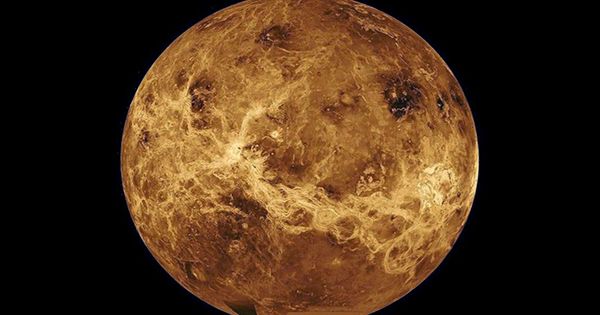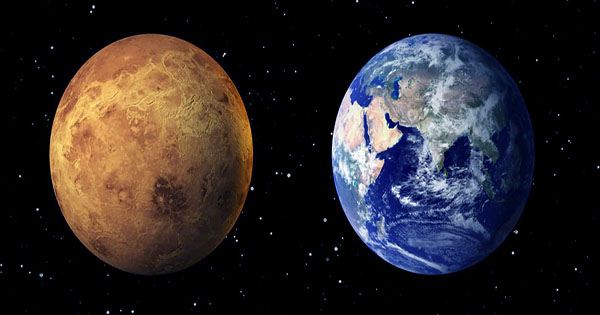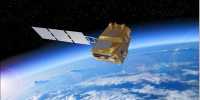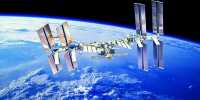Venus is known as Earth’s twin because of its size but the similarities end there, Venus is a terrible environment, with temperatures that melt lead, crushing air pressures, and acid clouds. Astronomers have speculated that the planets may have formerly been similar. According to a new study, this is improbable. Astronomers claim that Venus was never chilly enough to create oceans in an article published in Nature. From the beginning, Venus and Earth were literally planets apart. To figure this out, the researchers conducted advanced climate simulations.
The simulations began billions of years ago with a planet with a molten surface, similar to Earth and Venus, which allowed scientists to track its evolution, including the formation of clouds on the planet’s nightside. Earth eventually cooled and evolved into the world we know today. On Venus, however, the water remained in the atmosphere as steam, never falling down on the planet.
“We were able to establish that the climatic conditions did not allow water vapor to condense in the atmosphere of Venus thanks to our simulations,” said main author Dr Martin Turbet of the University Of Geneva (UNIGE). “Clouds that build preferentially on the planet’s night side are one of the key reasons behind this.” Because of the enormous greenhouse effect caused by these clouds, Venus did not cool as quickly as previously supposed.”

The research also explains how the Earth remained heated during its early years. The Sun used to be far weaker, which led scientists to question why our world was not merely a frozen rock. The clouds really aided the Earth’s survival; a hotter Sun would have converted it into something akin to Venus.
“This is a total 180-degree turn in our thinking on what has long been known as the ‘Faint Young Sun dilemma.'” It has traditionally been seen as a fundamental impediment to the appearance of life on Earth,” said Emeline Bolmont, UNIGE professor and research co-author.
While the simulation provides a persuasive explanation for the vast differences between the two planets, it is not the final word on the subject to comprehend Venus’s history further data is required. Fortunately, three missions from NASA and the European Space Agency are scheduled to return there in the next decade. It has been at least four years since the UAE tossed its hat into the ring. “Our findings are based on theoretical models and serve as a crucial building component in answering the topic of Venus’s past,” said co-author and UNIGE professor David Ehrenreich. “However, we won’t be able to make a clear decision on the problem using our computers.” The three prospective Venusian space missions’ observations will be crucial in confirming – or refuting – our findings.”













